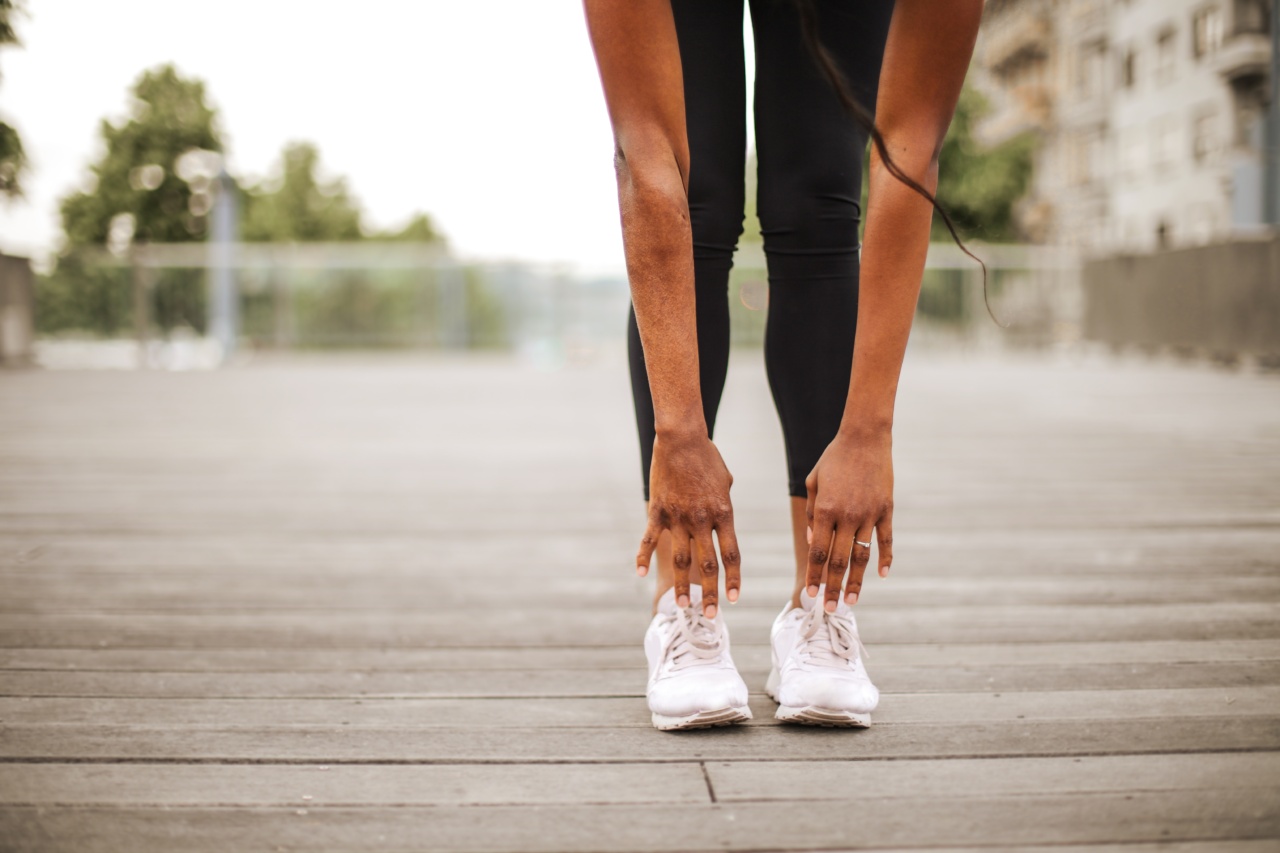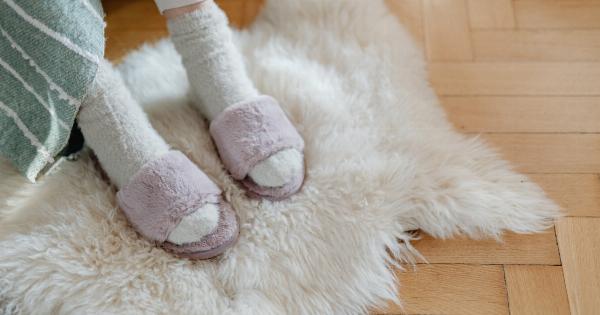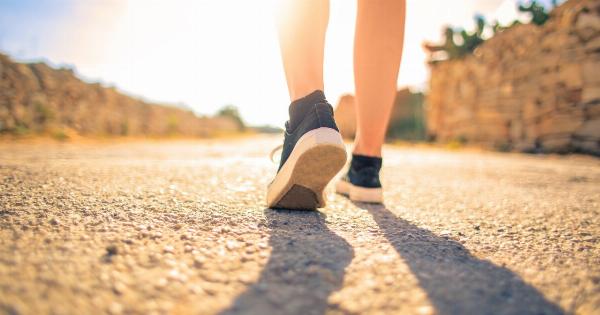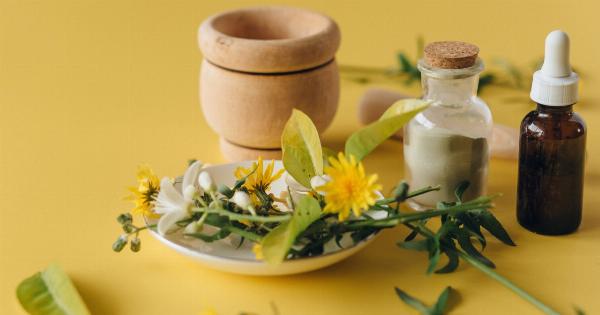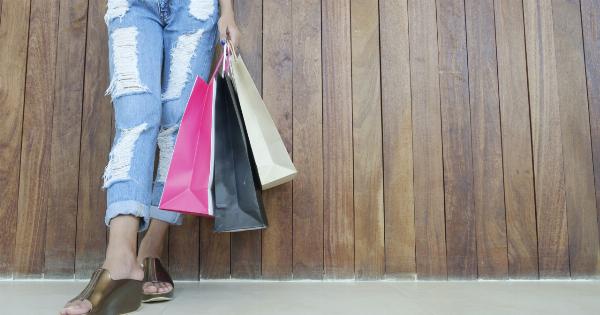Athlete’s foot, also known as tinea pedis, is a common fungal infection that affects the skin on the feet.
It is called athlete’s foot because it is commonly seen in athletes and people who frequently wear tight-fitting shoes or engage in activities that cause their feet to become sweaty and damp.
Causes of Athlete’s Foot
Athlete’s foot is caused by a group of fungi called dermatophytes, which thrive in warm and moist environments, such as locker rooms, swimming pool areas, and communal showers.
The infection is highly contagious and can be easily spread through direct contact with infected surfaces or by sharing items like towels, socks, and shoes with an infected person.
Symptoms of Athlete’s Foot
The symptoms of athlete’s foot can vary from mild to severe and may include:.
- Itching and burning sensation on the feet, especially between the toes
- Redness, inflammation, and cracking of the skin
- Blister-like bumps or ulcers
- Peeling, dry, or scaly skin
- Unpleasant odor
Treating Athlete’s Foot
Fortunately, athlete’s foot can be easily treated with over-the-counter antifungal medications in most cases.
These medications are available in the form of creams, sprays, powders, or ointments and work by killing the fungus or inhibiting its growth. It is important to follow the instructions on the product label and continue treatment for the recommended duration, even if symptoms improve before completing the treatment.
In addition to using antifungal medications, there are some measures you can take to speed up the healing process and prevent recurrence:.
- Keep your feet clean and dry, especially between the toes.
- Avoid wearing tight-fitting shoes or those made of synthetic materials that trap moisture.
- Wear breathable socks made of natural fibers, such as cotton or wool.
- Avoid walking barefoot in public places, such as locker rooms or communal showers.
- Use a separate towel for your feet and wash it regularly in hot water.
- Avoid sharing personal items like socks, shoes, or towels with others.
Preventing Athlete’s Foot
Prevention is always better than cure, so taking a few preventive measures can significantly reduce your risk of getting athlete’s foot:.
- Keep your feet clean and dry, especially after sweating or coming into contact with potentially contaminated surfaces.
- Wear breathable shoes and socks that allow air circulation.
- Change your socks regularly and avoid wearing damp or wet socks for prolonged periods.
- Avoid walking barefoot in public areas, especially in communal showers, pools, and locker rooms.
- Use antifungal powder or spray in your shoes to reduce the fungal load.
- Wear sandals or flip-flops in public areas whenever possible.
- Wash your feet thoroughly with soap and warm water every day.
When to Seek Medical Attention
In most cases, athlete’s foot can be effectively treated at home. However, you should consult a healthcare professional if:.
- The infection does not improve or worsens despite using over-the-counter medications for several weeks.
- You have diabetes or a weakened immune system, as these conditions increase the risk of complications.
- You develop a secondary bacterial infection, characterized by increased redness, swelling, warmth, or pus.
- You have a fever, as this may indicate a more serious infection.
Athlete’s Foot and Summer Plans
Athlete’s foot can be an unwelcome obstacle to your summer plans, whether it’s enjoying beach days, going for hikes, or simply walking around in comfortable sandals.
The itching, burning sensation, and discomfort can make it difficult to enjoy outdoor activities to the fullest.
By following preventive measures, you can significantly reduce your risk of getting athlete’s foot and prevent it from derailing your summer plans.
It’s important to be mindful of your foot hygiene, especially when in public areas, and to promptly treat any signs of infection to avoid further complications.
Conclusion
Athlete’s foot is a common fungal infection that can affect anyone, but with proper care and preventive measures, it can be easily managed and prevented.
By maintaining good foot hygiene, wearing appropriate footwear, and promptly treating any signs of infection, you can ensure that athlete’s foot doesn’t interfere with your summer plans.
